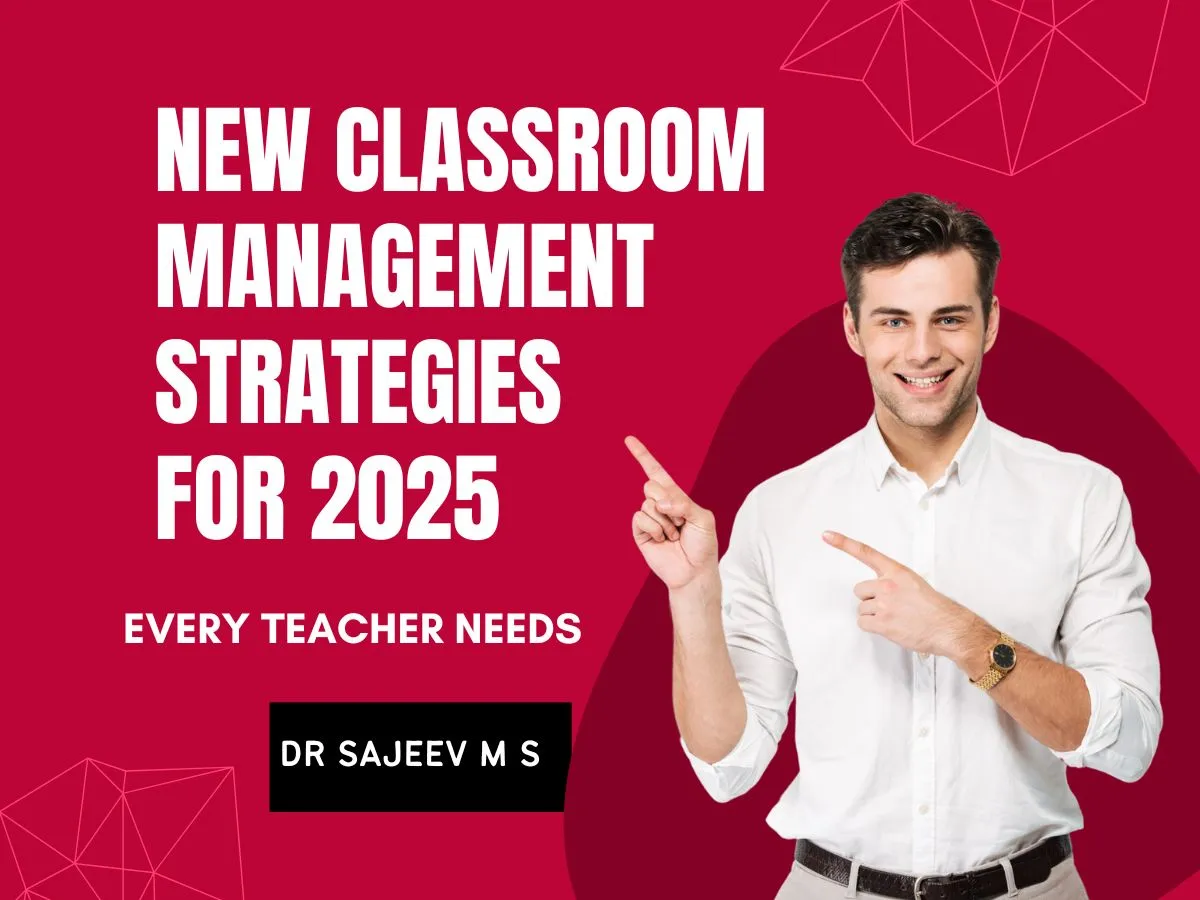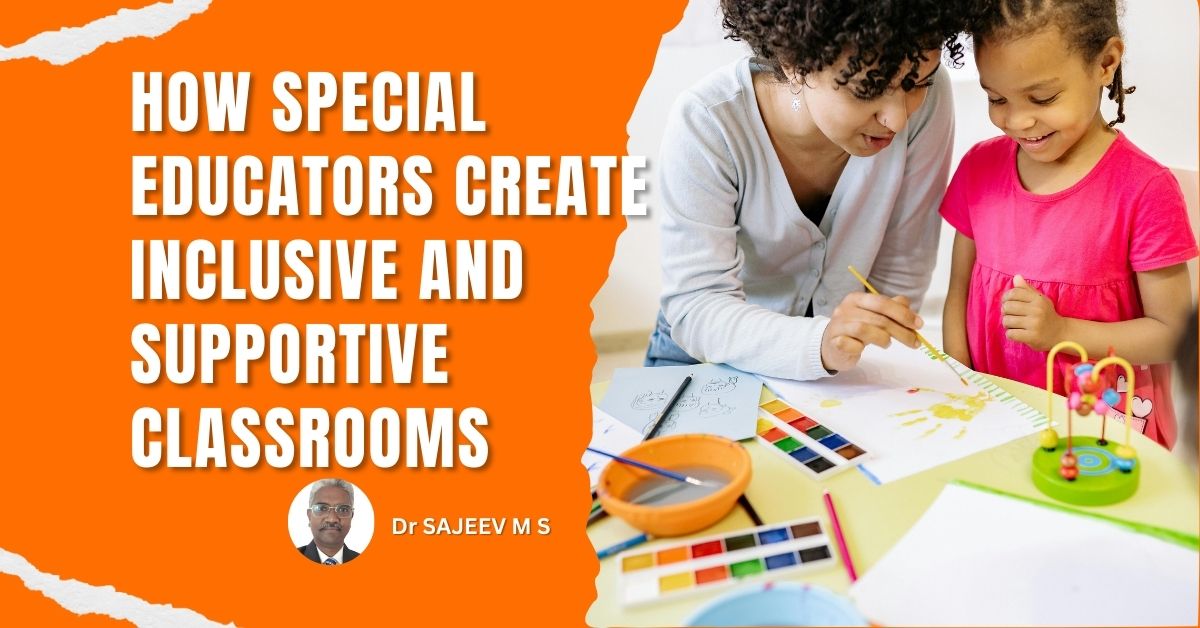As a school principal with over 20 years of experience, classroom management strategies have evolved dramatically. In my initial years of practice as an educator, it was all about focusing on discipline rather than on engagement. However, in 2025, I have realized that the approach to the lessons allows for turning the classroom into a joyful, organized, and open environment. On this note, allow me to highlight ten strategies on how I have seen management work magically in school.
1. Embrace the technology for engagement
I’ve always believed in embracing the tools of the times I’m not very sure about what I said here. Our class uses virtual reality (VR) and augmented reality (AR) to make learning more practical in the academic environment. For instance, history lessons can “come to life” or visit the ancient civilizations in front of the students, making them remain focused while, at the same time, minimizing interrupting moments.
2. Personalized Learning Plans
In my opinion, the approach of working on a single example does not always help and does not always work. I motivate my teachers to incorporate data analysis into the learning process and produce individual learning plans. When they perceive that their special concerns are being met, children are more willing to pay attention and obey.
3. Flexible Seating Arrangements
Several years ago I decided to test in several classrooms the usage of flexible seating. The results were astounding. When children feel their unique needs are addressed, they will be more engaged and cooperative. It was clear that the students had a great level of choices that dramatically decreased their off-task behaviour.

4. Respect and Self-regulation within the context of anger.
To enhance students’ mental health practice mindfulness during assembly meetings in the morning and that has been a turning point. PBS activities such as normal exercises like breathing as well as meditation exercises assist the students and let go of stress. It improves on the nature of the classroom.
5. Clear and Consistent Rules
Consistency is the king. This is one rule I have always followed in my work practice as a practising educator. I ensure that each class has a set of rules well exhibited. We are to remind them often and encourage them gently so the students know their limitations, while not being constrained by them.
6. Positive Reinforcement
I discovered the role of positive attitudes at the beginning of my coursework. Sure, if a child is doing something right, I’ll tell the rest of the class, ‘Look how great so-and-so is doing’ or take a note to the parents. These little actions shape the organizational culture of respect and positive reinforcement.
7. Use of Collaborative Learning Projects
I always thought that group projects were the best. I’ve got an idea about how they manage to explain the concepts of responsibility and work in a team. In the past academic year, I taught an assignment based on sustainability, in which students designed implementable plans for the school. Require teamwork and come up with extraordinary creativity.

8. Use of Artificial Intelligence (AI) Tools
AI has provided a great advantage for me and my teachers. AI-powered grading systems reduce the teacher’s working time, while the ones that give feedback to the students spare the learning process. I have also adopted the use of AI for monitoring behavioural trends and preventing prospects of any arising challenge.
9. Parent-Teacher Partnerships
Over the years I’ve always ensured that I communicate with the parents of the students. I convene group meetings and also use applications to provide updates concerning the performance of students. If parents and teachers join hands with each other, one will notice that the children’s behaviour as well as their results at school change for the better.
10. Professional Development
I never compromise the aspect of continuous learning. I actively attend workshops and webinars since I started working, and I insist that all my teachers should also participate in them. That way, new challenges encountered in the classroom are well handled because we are always in tune with the current strategies.
Perspectives on Classroom Management: Why it matters much more than before
So when I try to imagine what classroom management in 2025 looks like, I am not thinking of students being just quiet. It is simply making all the children feel safe, valued and interested in learning. Technology, mindfulness and togetherness are not luxuries anymore; they’re must-haves.
Final Thoughts
Looking back on my learning and growth, the best management the students and I could have aspired for has nothing to do with conduction, but connection. Here, I outline ten approaches which have enabled my classrooms to turn into learning environments that foster the achievement of not only the students but also the instructors. These tips have helped me, and I encourage others to try them and they will help as well. So how about, it is time to reconsider what we mean by classroom management and let it begin in 2025!
You may like to read:-
15 Innovative Teaching Strategies to Transform Classrooms in 2025
Self-Care For Teachers: Healthy Living For Better Teaching
Practical Ways to Embrace Positive Thinking for a Stress-Free Life



